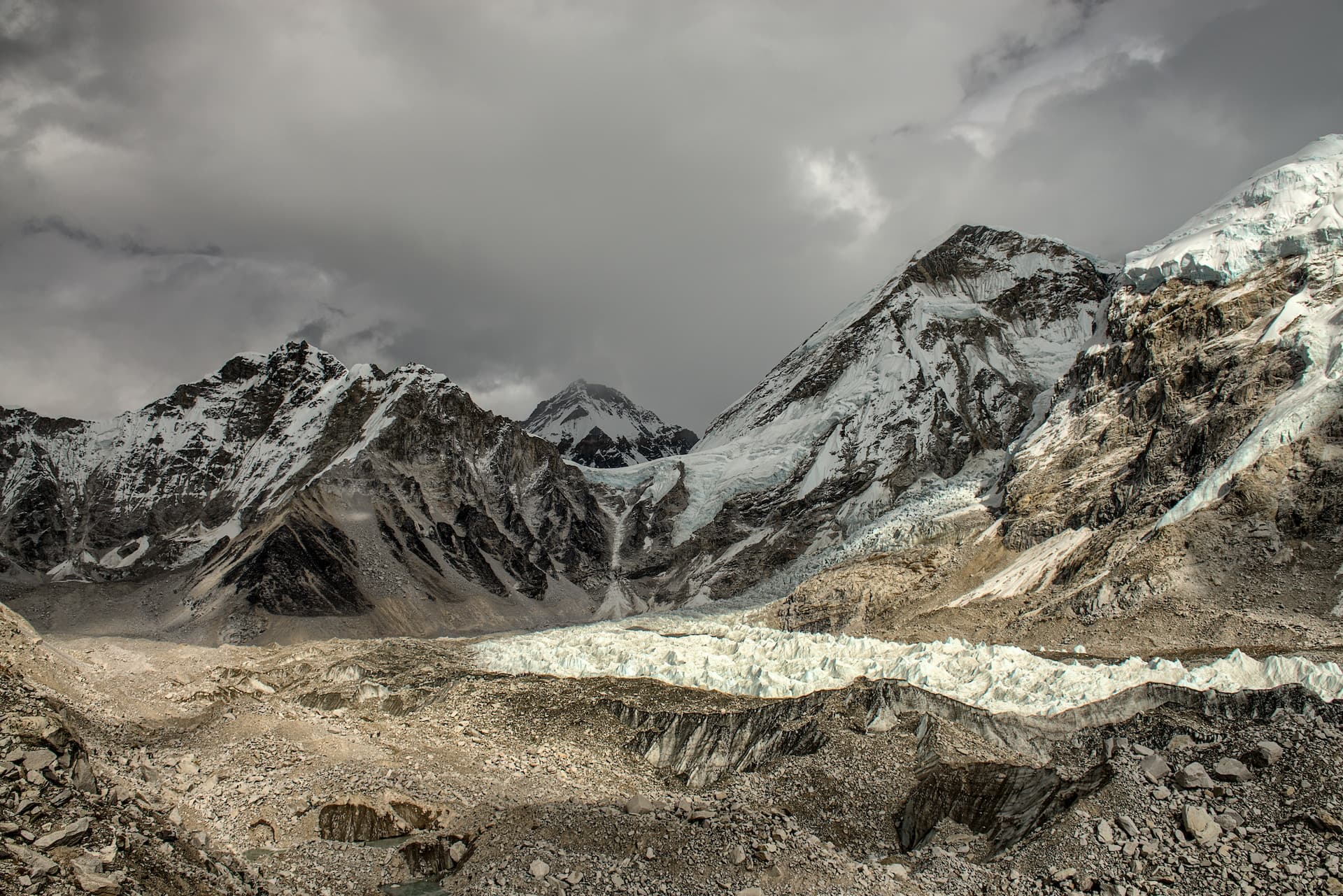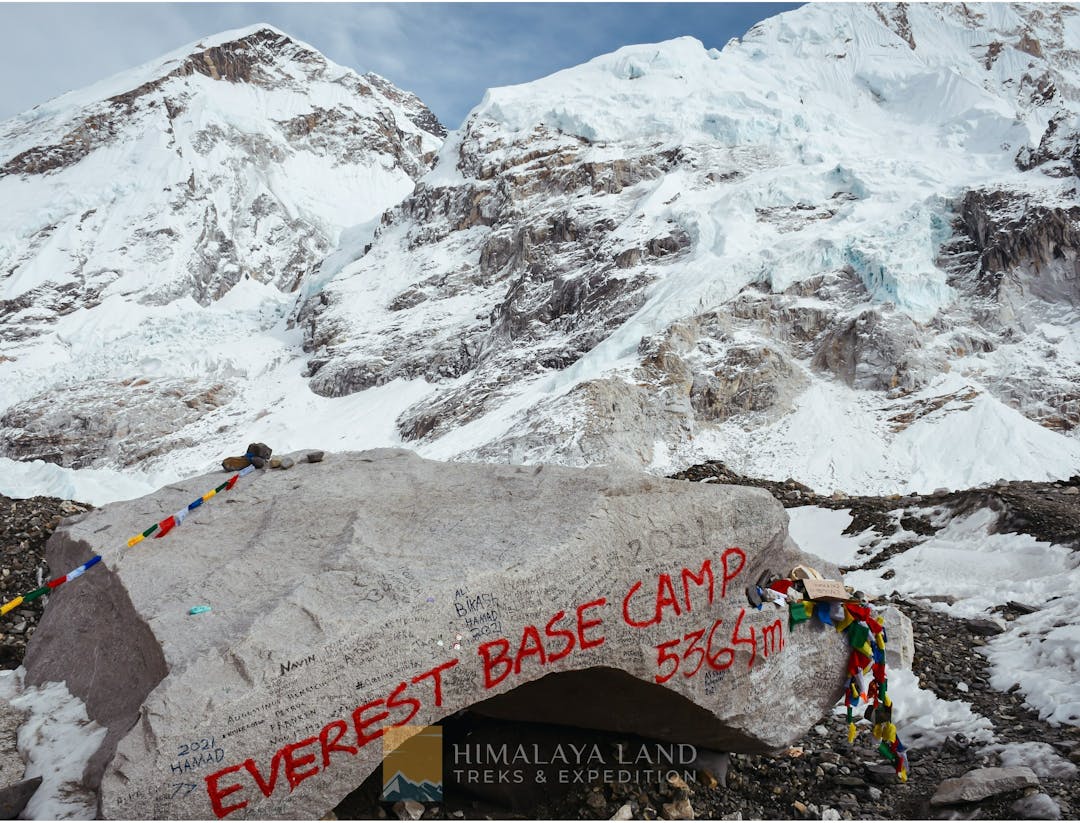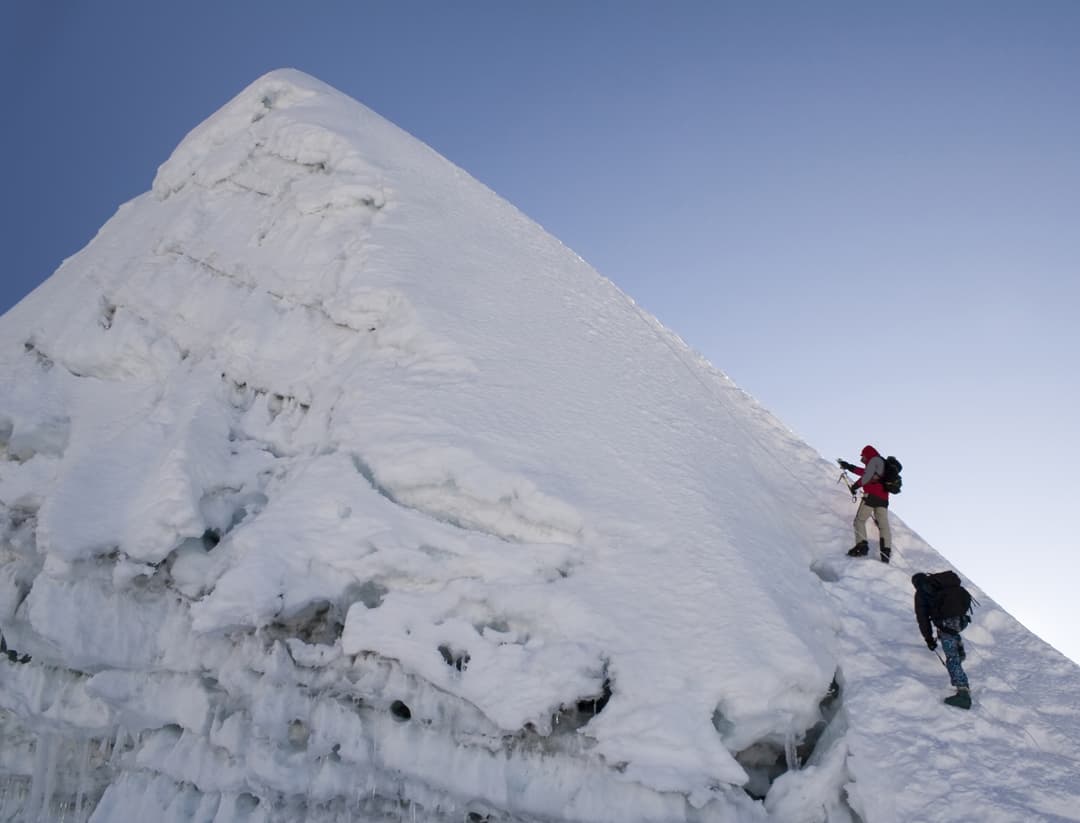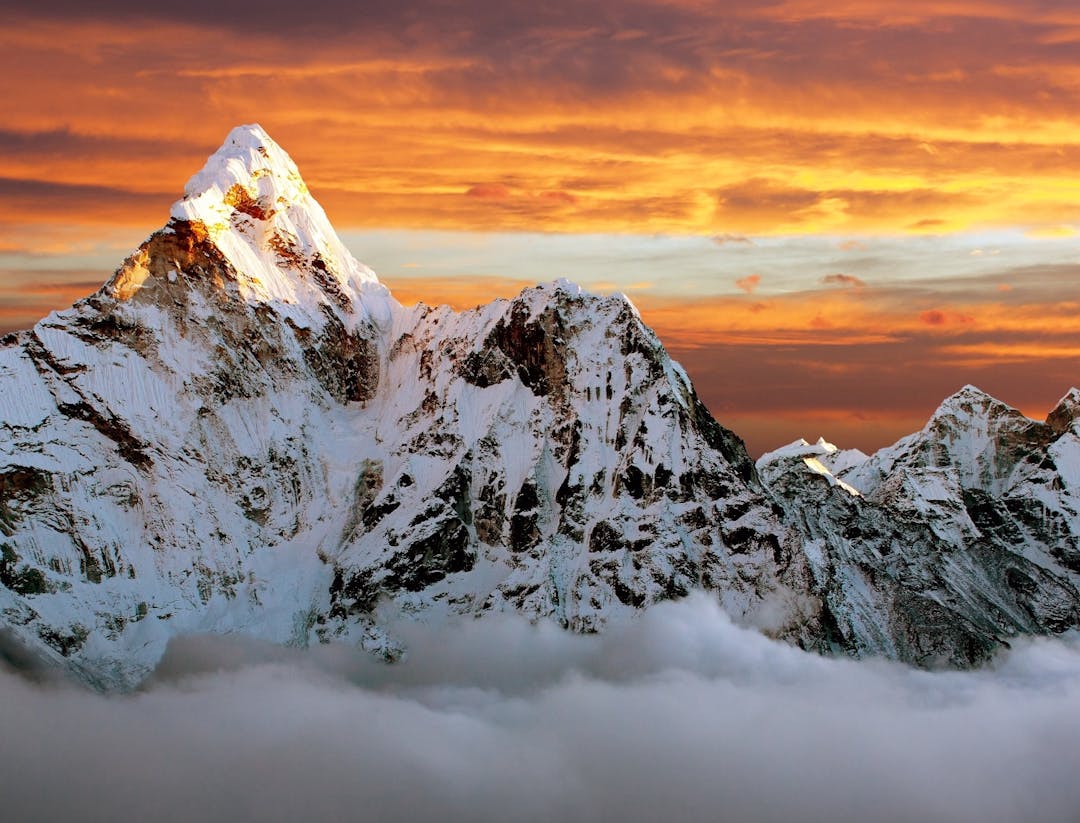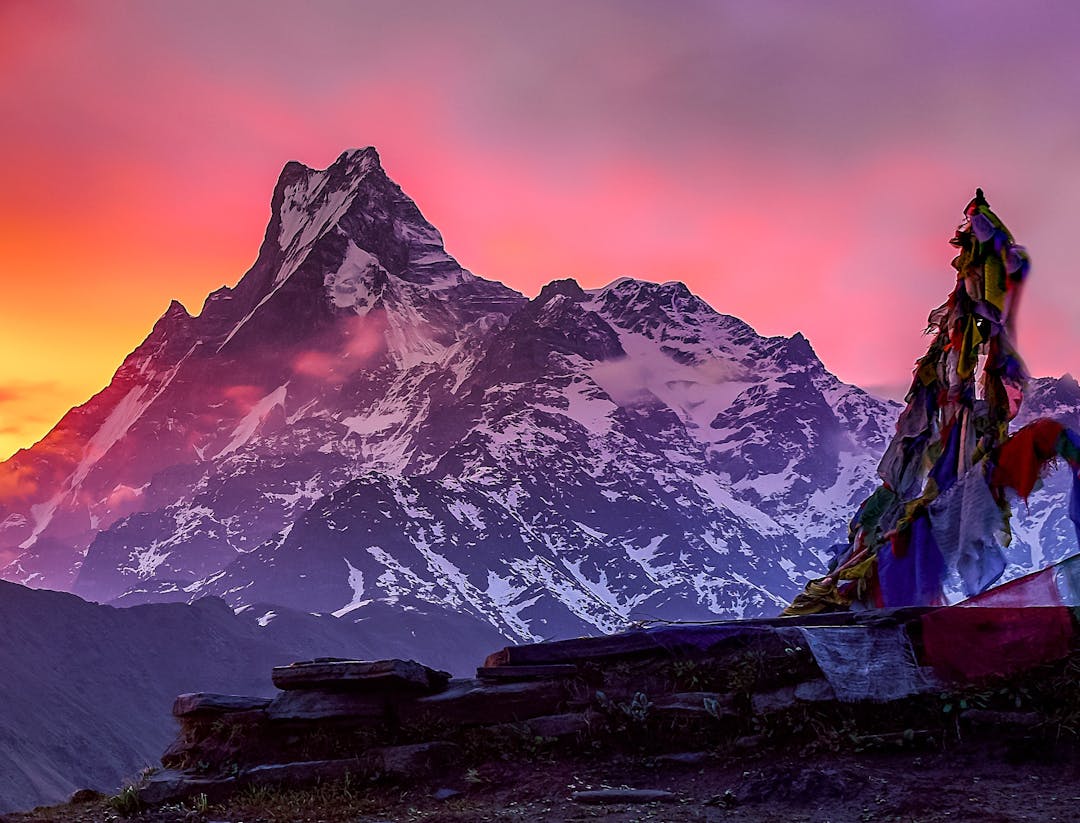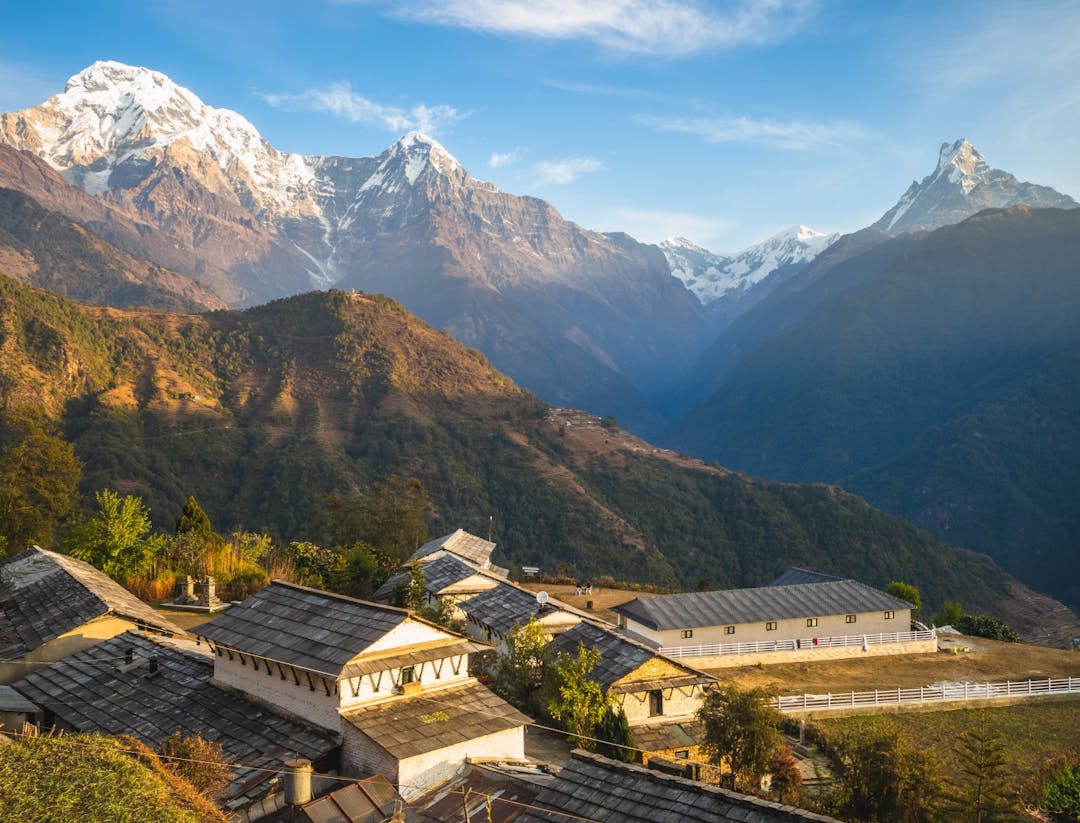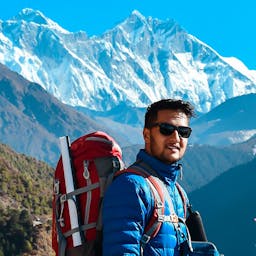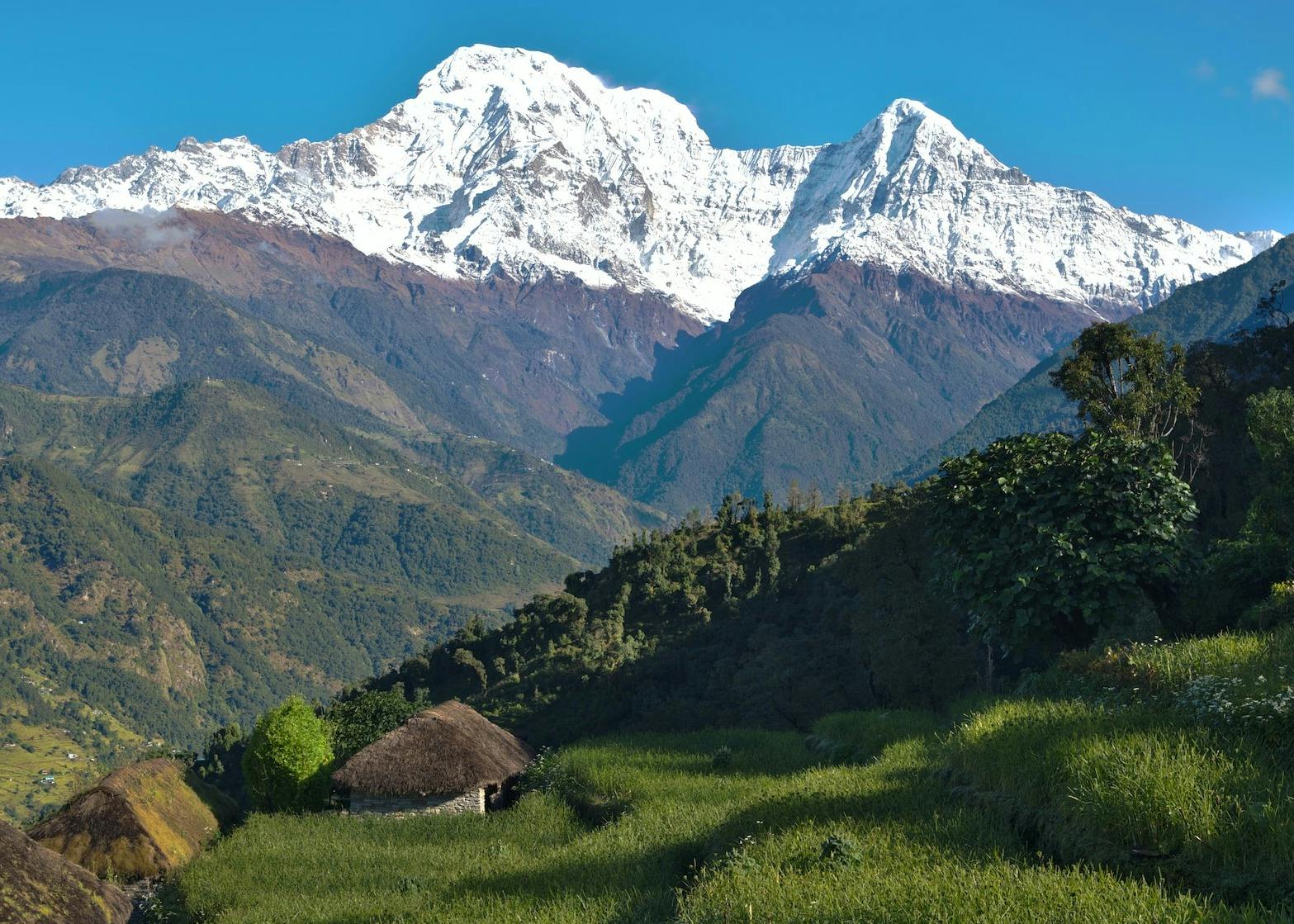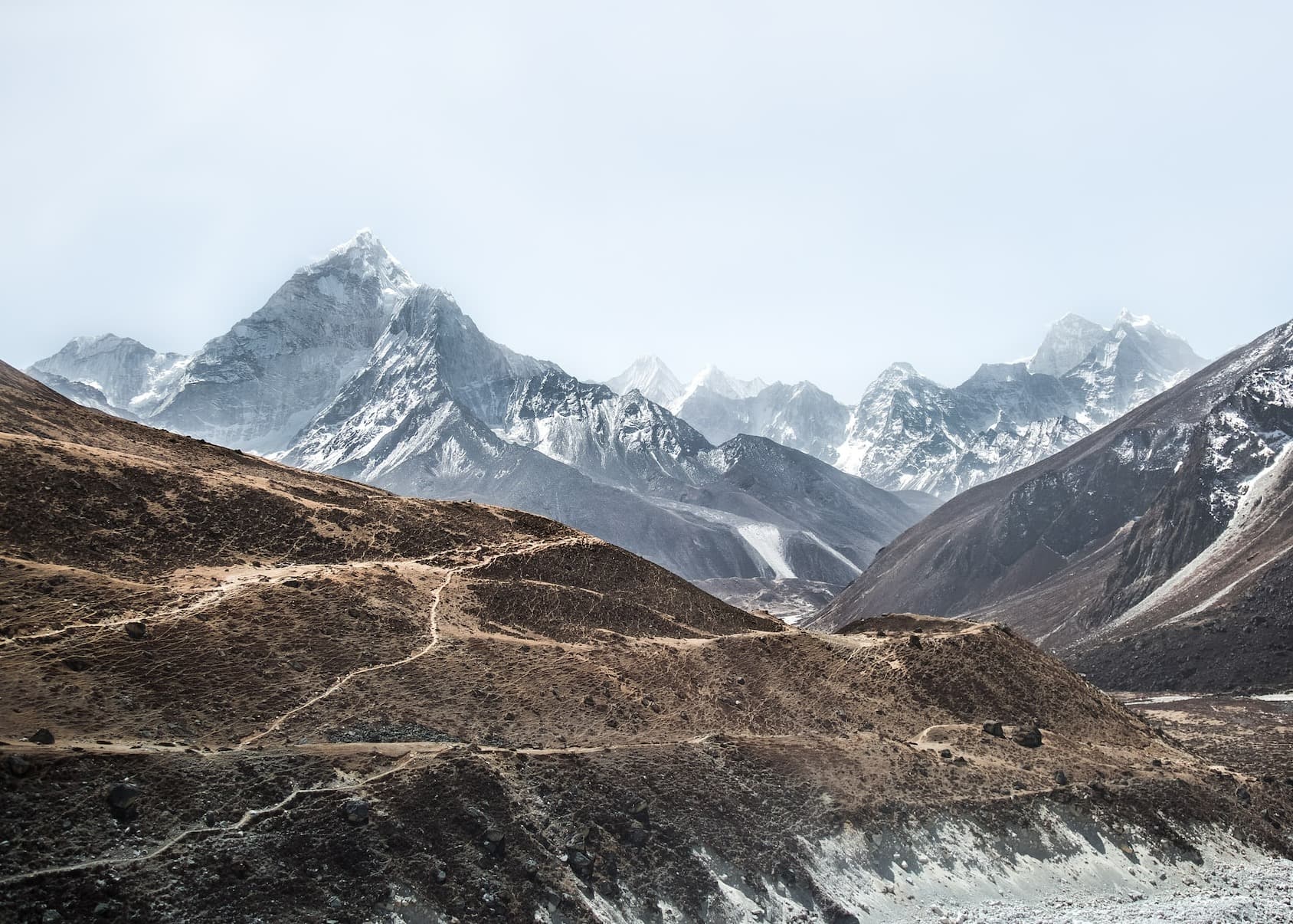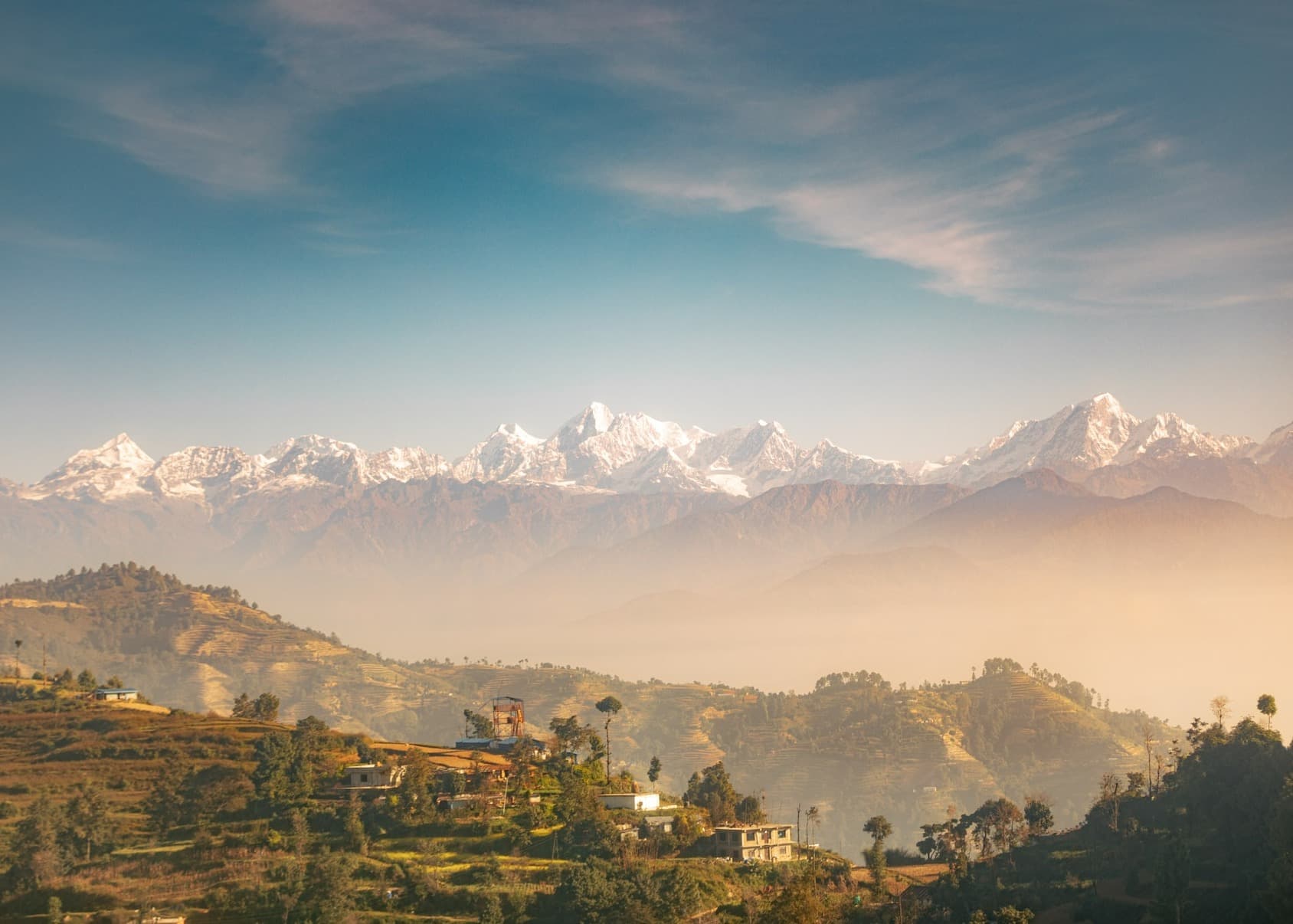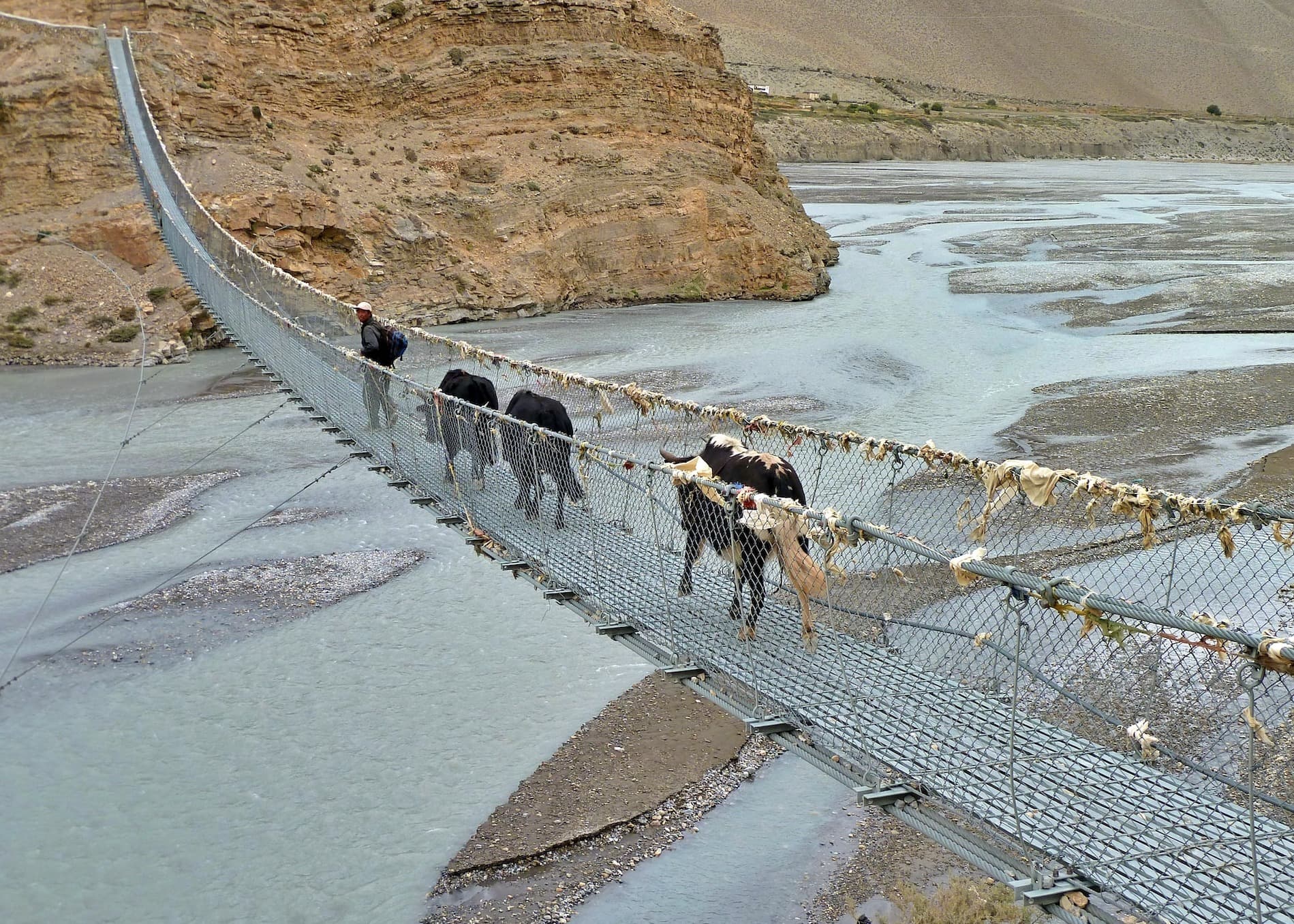Embarking on a thrilling adventure to Everest Base Camp doesn't have to drain your bank account. With careful planning, strategic choices, and insider tips, you can experience the awe-inspiring wonders of the Himalayas while staying within your budget.
In this comprehensive guide, we'll walk you through every step of the journey, from selecting the right season to exploring cost-effective accommodation options, ensuring that your Everest Base Camp trek becomes an unforgettable adventure without breaking the bank.
Choosing the Perfect Season
When it comes to planning an Everest Base Camp trek on a budget, choosing the perfect season is essential. The timing not only affects the overall cost but also determines the weather conditions and the number of fellow trekkers you'll encounter. Let's explore the different seasons and find the ideal time for an affordable and enjoyable trek.
Peak Trekking Seasons
The peak trekking seasons for Everest Base Camp are generally considered to be spring (March to May) and autumn (September to November). During these months, the weather is relatively stable, and the views are breathtaking. However, these seasons also attract a large number of trekkers, leading to higher prices for accommodations and services. If you plan to trek during the peak seasons, you'll need to allocate a higher budget for your journey.
Shoulder Seasons
The shoulder seasons, just before or after the peak trekking seasons, offer a good balance between cost and weather conditions. The months of February and December are considered the shoulder seasons for the Everest Base Camp trek. While the weather may be slightly colder, and there could be occasional snowfall, these months can still provide a rewarding trekking experience. Since the number of trekkers is relatively lower during these times, you can find better deals on accommodations and services, making it more budget-friendly.
Monsoon Season
The monsoon season, which typically spans from June to August, is not recommended for budget-conscious trekkers due to several reasons. Firstly, the heavy rainfall can make the trails slippery and more challenging to navigate. Landslides and avalanches are also more common during this time.
Secondly, the cloud cover obstructs the majestic views of the Himalayas, which is one of the main highlights of the trek. Lastly, some teahouses and lodges may be closed or have limited services due to the unfavorable weather conditions.
Considering the factors mentioned above, the best time for budget-friendly Everest Base Camp trek would be during the shoulder seasons of February and December. These months offer a balance between affordability and manageable weather conditions. You can expect fewer crowds on the trails and better negotiation power when it comes to accommodations and services.
However, it's important to note that weather conditions in the mountains can be unpredictable, and there can be variations from year to year. It's always advisable to check the latest weather forecasts and consult with experienced trekking agencies or guides for up-to-date information before finalizing your travel plans.
Preparing Your Budget
Preparing for the Everest Base Camp trek on a budget requires careful planning and consideration of various expenses. Here is a detailed breakdown of the costs involved:
EBC Trek Permits
One of the essential expenses for the Everest Base Camp trek is obtaining the necessary permits. You will need three permits: the Sagarmatha National Park Permit, Trekking information managemnet system (TIMs) and the Khumbu Pasang Lhamu Rural Municipality Permit. The cost for these permits combined is around USD 70.
Ktm-Lukla-ktm Flights
The most common way to reach the starting point of the Everest Base Camp trek is by flying from Kathmandu to Lukla through Lukla Airport. The cost of round-trip flights between Kathmandu and Lukla can vary depending on the time of year, but it usually ranges from USD 210 to USD 225 per person. It's advisable to book your flights in advance to secure better deals and avoid last-minute price surges.
Accommodations on EBC trek
Along the trekking route, there are several teahouses that provide basic lodging facilities. These teahouses offer rooms with twin beds or dormitory-style accommodations. The cost per night can range from USD 10 to USD 20 per person, depending on the location and the time of year. It's essential to keep in mind that the higher you ascend, the more expensive accommodations become due to the increased difficulty of transportation and supplies.
Meals on the EBC Trek
Most teahouses along the Everest Base Camp trek offer meals such as dal bhat (lentil soup with rice), noodles, pasta, and various snacks. The cost of meals can vary, but on average, expect to spend around USD 10 to USD 20 per day. It's recommended to carry some energy bars or snacks with you as a backup, as prices may increase as you go higher in altitude.
Transportation
During the trek, you may require additional transportation services, such as hiring a porter to carry your backpack or renting a horse for assistance. The cost of hiring a porter is around USD 20 to USD 25 per day, depending on the weight of your belongings. Renting a horse can cost around USD 70 to USD 120 per day. These costs can be reduced if you choose to carry your backpack yourself.
Equipment and Gear
If you don't have the necessary trekking gear, you may need to purchase or rent items such as trekking boots, warm clothing, sleeping bags, and trekking poles. The cost of equipment can vary greatly depending on the quality and whether you rent or buy. It's advisable to compare prices and quality before making any purchases.
Miscellaneous Expenses
It's essential to allocate some funds for unforeseen expenses, such as emergency medical treatment, travel insurance, charging electronic devices, hot showers, bottled water, and snacks. It's recommended to have a buffer of around USD 250 to USD 300 for such expenses.
Tips to Save Money
Travel in the off-peak season: The Everest Base Camp trek is most crowded during peak seasons, such as spring and autumn. Traveling in the off-peak season (monsoon or winter) can result in lower prices for accommodations and flights.
Join a group or find trekking partners: Sharing costs with fellow trekkers can significantly reduce expenses. Joining a group tour with Himalaya Land Treks or finding trekking partners through online forums or social media platforms can help you split costs for accommodation and transportation.
Carry your own gear: Renting or purchasing trekking gear can add to the overall cost. If you already have suitable gear, it's recommended to bring your own equipment to avoid rental fees.
Pack snacks and water purifiers: Carrying energy bars, nuts, and snacks from Kathmandu can save you money
Rent or Borrow Trekking Gear: Instead of purchasing expensive trekking gear, look for rental shops in Kathmandu or Lukla. You can rent essential items such as sleeping bags, down jackets, trekking poles, and other equipment at a fraction of the cost. Alternatively, you may be able to borrow gear from fellow trekkers or friends who have previously done the trek.
Cost-Saving Strategies
Discover practical tips and tricks to maximize your savings throughout the trek. From securing affordable permits to choosing budget-friendly flights and local transportation options, we'll provide insights that can significantly reduce your overall expenses. You'll also learn how to make the most of local resources, negotiate prices, and find the best deals on trekking gear.
Budget-Friendly Accommodation
Finding comfortable yet affordable accommodations is key to a successful budget trek. We'll present a range of teahouses, lodges, and guesthouses along the trekking route that provide excellent value for money. Our guide will highlight their amenities, prices, and reviews, ensuring you can make informed decisions that suit your budget and preferences.
Comprehensive Itinerary
The guide covers all aspects of the trek, including route options, accommodation choices, meal plans, and transportation alternatives, ensuring a seamless and budget-friendly journey.
- Day01: Fly to Lukla from Kathmandu, 35mins flight and Trek to Phakding (2610m/8562ft)
- Day02: Trek from Phakding to Namche Bazaar(3,443m/11,299ft)
- Day03: Acclimatization at Namche Bazaar (3,443m/11,299ft)
- Day04: Trek from Namche Bazaar to Tengboche (3,875/12,713ft)
- Day05: Trek from Tengboche to Dingboche (4,410/14,469ft)
- Day06: Acclimatization at Dingboche (4,410/14,469ft)
- Day07: Trek from Dingboche to Lobuche (4,910m/16,109ft)
- Day08: Trek from Lobuche to Gorakshep -Everest Base Camp (5,364m/17,598ft) and back to Gorakshep (5,140m/16,864ft)
- Day09: Hike to Kala Patthar (5,555m/18,225ft) and Trek to Pheriche (4,240m/13,911ft)
- Day10: Trek from Pheriche to Namche Bazaar (3,443m/11,299ft)
- Day11: Trek from Namche Bazaar to Lukla (2,850m/9,350ft)
- Day12: Fly from Lukla to Kathmandu (1,320m/4,330ft), 35 min flight
Economical Meal Planning
Exploring local cuisine is an adventure in itself, and we'll guide you on the most economical ways to enjoy delicious meals along the trek. From budget-friendly teahouse menus to local food recommendations, we'll help you savor authentic flavors without overspending.
Safety Precautions
Your safety should never be compromised, regardless of your budget. We'll discuss essential safety considerations, including hiring experienced guides, obtaining travel insurance, acclimatization techniques, and staying updated on weather conditions. By prioritizing safety, you'll be well-prepared to tackle the challenges of the trek.
Side Adventures on a Budget
Beyond the mesmerizing landscapes, there are plenty of budget-friendly side adventures and cultural experiences to indulge in. We'll recommend off-the-beaten-path attractions, local festivals, and interactions with Sherpa communities that allow you to immerse yourself in the rich culture of the region without stretching your budget.
Cultural Experiences
Besides the trek itself, the guide highlights budget-friendly opportunities to immerse yourself in the local culture, such as visiting monasteries, attending festivals, and engaging with Sherpa communities.
Testimonials and Inspiring Stories
Drawing inspiration from trekkers who have successfully completed the Everest Base Camp trek on a budget, we'll share their firsthand experiences and stories. These testimonials will motivate you and provide practical insights into how to navigate the trek without overspending.
Photography and Scenic Spots
If you're interested in photography during the Everest Base Camp trek, there are several budget-friendly options:
Prime Photography Spots
The trek itself offers numerous scenic spots that are ideal for photography. From the picturesque landscapes to panoramic views of the Himalayas, you'll have plenty of opportunities to capture breathtaking shots.
Simple Equipment
You don't necessarily need expensive camera gear or photography tours to take great photos. A decent point-and-shoot camera or even a smartphone with a good camera can capture stunning images. Focus on composition, lighting, and capturing the unique elements of the landscape.
Sunrise and Sunset
The Everest region offers spectacular sunrises and sunsets. Plan your trek to witness these magical moments and capture the golden hues and dramatic skies.

